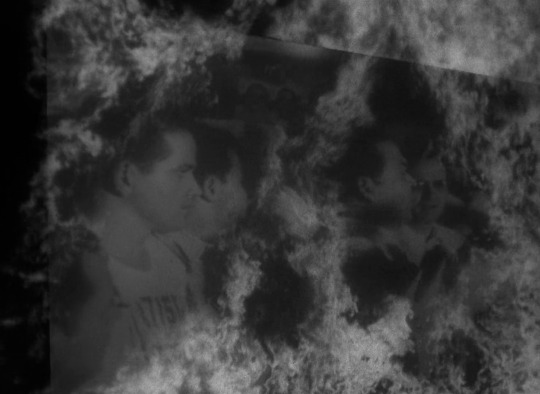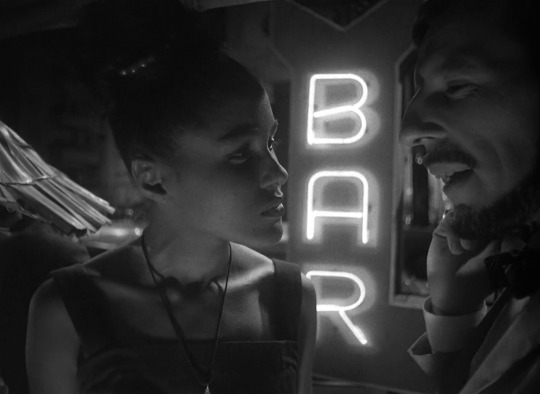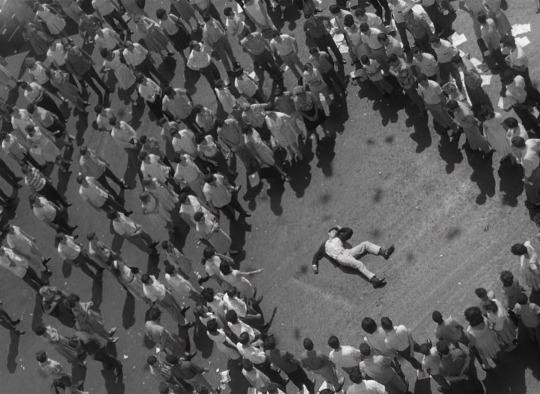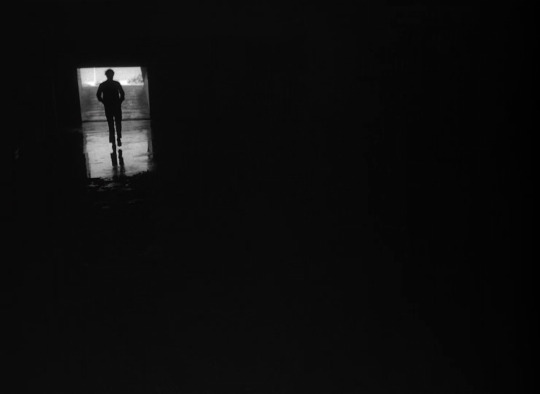#Sergey Urusevskiy
Explore tagged Tumblr posts
Photo

Letter Never Sent (Neotpravlennoe pismo), Mikhail Kalatozov (1960)
#Mikhail Kalatozov#Valeri Osipov#Grigoriy Koltunov#Viktor Rozov#Innokentiy Smoktunovskiy#Tatyana Samoylova#Vasiliy Livanov#Evgeniy Urbanskiy#Sergey Urusevskiy#Nikolai Kryukov#N. Anikina#1960
45 notes
·
View notes
Text

Movie #10 of 2022: The Cranes Are Flying
#the cranes are flying#russian#1957#mikhail kalatozov#viktor rozov#drama#romance#war#moisey vaynberg#Sergey Urusevskiy#Mariya Timofeyeva#35mm#10#great#beautiful
27 notes
·
View notes
Video
tumblr
I Am Cuba (1964)
Director: Mikhail Kalatozov
Cinematographer: Sergey Urusevskiy
4 notes
·
View notes
Photo

Letter Never Sent (Mikhail Kalatozov, 1960)
Cast: Innokentiy Smoktunovskiy. Tatyana Samoylova, Vasiliy Livanov, Evgeniy Urbanskiy, Galina Kozhakina. Screenplay: Grigoriy Koltunov, Valeri Osipov, Viktor Rozov. Cinematography: Sergey Urusevskiy. Production design: David Vinitsky. Film editing: N. Anikina. Music: Nikolai Kryukov. Letter Never Sent tells the story of a team of Soviet prospectors and geologists searching for diamonds in the Siberian wilderness who are trapped when a forest fire breaks out. A beautifully filmed adventure story, it's also overlaid with Soviet patriotism, from an opening title sequence that lauds the heroic pioneers of Soviet exploration and the space program, to occasional interpolated speeches in which the characters extol the country's shining future. The diamonds, it seems, are not bourgeois capitalist gemstones but minerals essential to the advancement of Soviet industry. Fortunately, the adventure story overwhelms the propaganda.
0 notes
Photo

I AM CUBA (1964) DoP: Sergey Urusevskiy | Dir: Mikhail Kalatozov
0 notes
Text
I'm so impressed by camera work of Sergey Urusevskiy in 'Soy Cuba'. It's definitely one of the most beautiful cinematography I ever seen! He is also known for ‘The Letter That Was Never Sent’ and ‘The Cranes Are Flying'. I’m quite sure Lubeski learned something from his work)
I was lost in thought about cinematographers - who do I like the most? There are a lot of pictures with great visuality, but aren't so much greatest masters, who have constant high level of work and large achievement list.
Ok, my choice:
Roger Deakins, Emmanuel Lubezki, Robert Richardson, John Alcott, Robby Müller, Steven Soderbergh and now Sergey Urusevskiy.
plus I want to allocate Gregg Toland, Sven Nykvist, Vadim Yusov, Robert Burks, Wally Pfister, Matthew Libatique, Robert D. Yeoman, Anthony Dod Mantle
1 note
·
View note
Photo










Letter Never Sent (Mikhail Kalatozov, 1960).
#letter never sent#letter never sent (1960)#neotpravlennoe pismo#mikhail kalatozov#innokentiy smoktunovskiy#tatyana samoylova#vasiliy livanov#evgeniy urbanskiy#sergey urusevskiy#n. anikina#david vinitsky#leonid naumov#m. maslov
136 notes
·
View notes
Photo

I Am Cuba (1964) Director: Mikhail Kalatozov
#soy cuba#i am cuba#Mikhail Kalatozov#Sergey Urusevskiy#soviet union#georgia#cuba#cinematography#classic
9 notes
·
View notes
Photo










Soy Cuba (Mikhail Kalatozov, 1964).
#mikhail kalatozov#i am cuba#i am cuba (1964)#soy cuba#soy cuba (1964)#sergey urusevskiy#nina glagoleva#evgeniy svidetelev#rené portocarrero#luz m. cáceres#vera rudina
127 notes
·
View notes
Photo










Soy Cuba (Mikhail Kalatozov, 1964).
#soy cuba (1964)#mikhail kalatozov#sergey urusevskiy#nina glagoleva#evgeniy svidetelev#rené portocarrero#soy cuba#i am cuba#i am cuba (1964)
67 notes
·
View notes